The first time I knew about that wooden bridge was when I got lost more than 30 years ago. The bridge crossed the Dong Bo River around the year 90 of the last century.
The bridge was made of forest trees. The bridge legs were made of wood, the bridge deck was made of smaller branches, and the railings on both sides were rudimentary. The bridge was small enough for one person to carry firewood across. Some people did not carry firewood, but instead put the bundles of firewood on the back of their bicycles, tied them tightly, and walked across, asking a person carrying a coal cart to help push the cart to each other when crossing the bridge. I remember that every step on the bridge, I heard the rustling sound of the wooden planks. Occasionally, people stopped in the middle of the bridge to gather their wits, reminding each other not to "steal a glance" at the river water flowing below for fear of shaking their hands and feet. It is said that someone whose hands and feet were shaking caused the cart of firewood to tip over and fall down...
 |
Ba Thang Bridge crosses Dong Bo River (section through Phuoc Dong commune) today. |
At that time, the forest was still dense, each time going to Dong Bo, people from Nha Trang town had only two ways to go. One was to take a ferry, the ferry terminal was in Binh Tan village, a small dirt road through the village led down to the terminal. Or follow the old Lu Gia road (now Le Hong Phong road) turn down to Phong Chau, turn left, cross a wooden bridge. Phong Chau road had no name at that time, was still a small dirt road and steep like a newly built rice field bank.
It is said that before the wooden bridge, people who specialized in chopping wood often had to wait for the lowest water level and the narrowest riverbed to swim across. On the way back, people tied two bundles of wood together at the two ends of a pole, one person swam first, usually a man, while swimming and holding the pole to pull along. The person swimming behind was usually a woman or a teenager, helping to push the load of wood across the river. Under the riverbed, there was often a deep hole like a basin created by the underground current swirling sand. The hole was not fixed in one place but often moved, it was said that many people had accidents here. That river wharf was called Ben Diep.
After a while, the forest began to be inhabited, and a wooden bridge appeared at Ben Diep. From here, no one had to risk swimming across the river anymore. People also did not need to wait for low tide but could go any day, just paying a few coins to the "toll station" of the person who invested in building the bridge, although they were not always present in the hut to collect, so if they met them, they would give them away, if they did not meet them, they would leave.
Here is the Dong Bo River. The water is clear and salty. The tide is low, the river surface looks calm and gentle, very different from the old flood season when the river was muddy and overflowing on both sides of the forest. Following the trails with buffalo and cow footprints, I came across a wooden bridge across the river. It was a real wooden bridge... But this bridge was clearly bigger. The bridge surface was paved with large sawn timber. Two rows of zinc railings were bolted onto square wooden logs like house pillars. The bridge's legs were concrete pillars. However, it looked like it had been abandoned for a long time. A long section of the railing was broken, and the railing was missing, looking empty. The wooden logs on both sides of the bridge used to bolt the railing were sometimes there and sometimes missing. The planks on the bridge surface were rotten in many places, concave into holes filled with broken wood chips.
Not Ben Diep bridge, I thought and compared the wooden bridge made of forest trees in my memory, even though I knew my memory might not be accurate. But this bridge was clearly big, with sturdy concrete pillars and steel. After waiting for a long time, someone finally crossed. I asked her what this bridge was called?
- Ba Thang Bridge.
- Is there any other wooden bridge on this river?
- Is there a bridge?
- Where is Ben Diep?
- It is here.
- But Ben Diep doesn't have a small wooden bridge made of forest trees...
- That is the old bridge. That bridge is Ba Thang bridge, when I was little I always fell when I crossed it. The government built this bridge later.
So Ben Diep was the name of the river wharf before the bridge was built. The bridge I accidentally crossed back then was Ba Thang bridge. This bridge was built by the government later, and now it has both names.
How can I expect a simple wooden bridge to survive decades of rain and sun? Knowing that, I still feel a bit disappointed, like meeting an old friend when they are old.
That evening, I sent a photo of the wooden bridge to an acquaintance who was abroad, excitedly showing off my “achievement” of finding this bridge today. Unexpectedly, my friend said: “In this mountainous area, there are many wooden bridges like this. People have built solid bridges next to them, but in some places, they still keep these bridges as souvenirs.” Then suddenly my friend asked me why I was looking for this bridge?
For what? I stood there, confused. I didn't know, for what. I just wanted to find something I thought was long gone.
VAN HA
Source









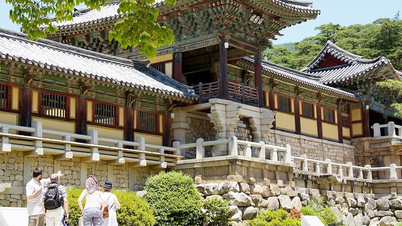
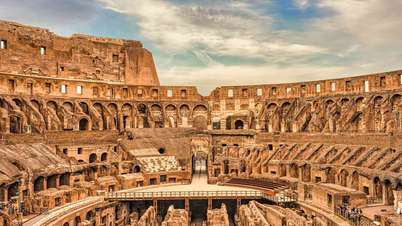
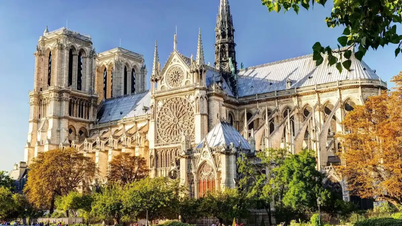
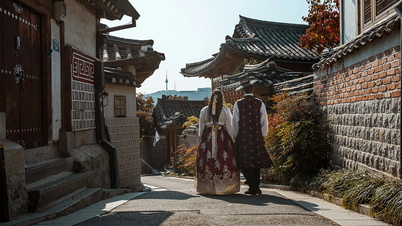
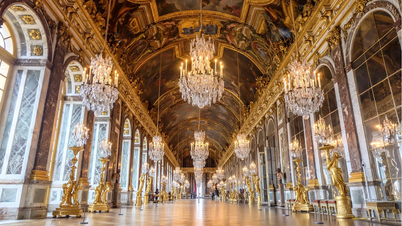

















































































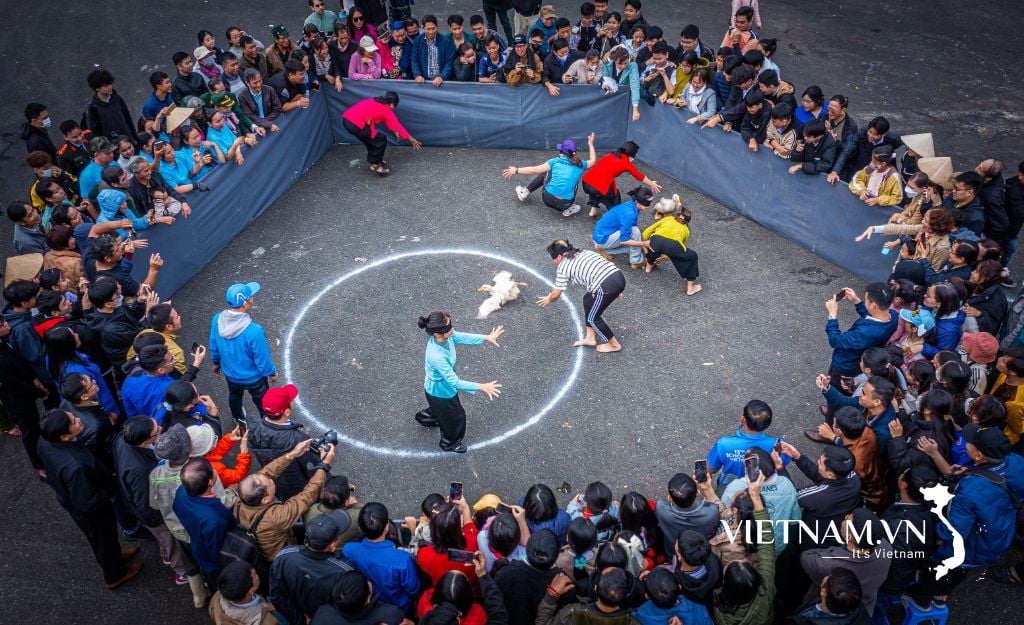
Comment (0)